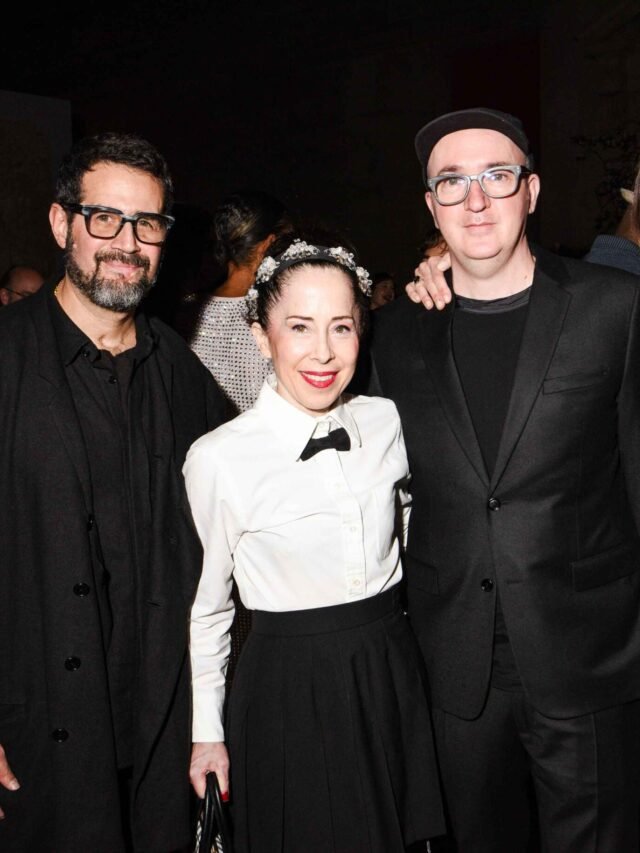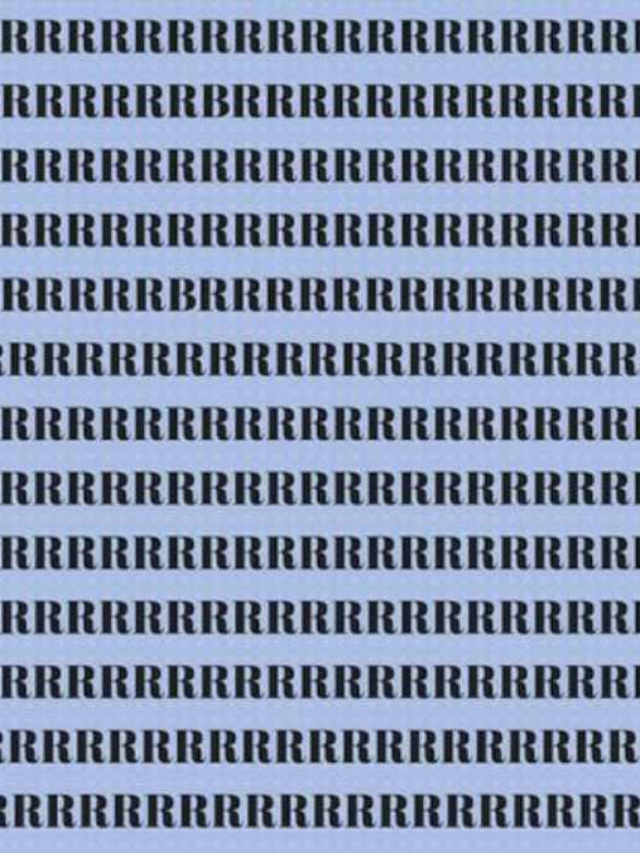Optical illusions are fascinating phenomena that challenge our perception and cognitive abilities. They make us question the reliability of our senses and reveal the complexities of our brain’s processing capabilities. One particularly intriguing optical illusion challenge circulating online is the “Hidden Fish in the Forest” image.
It is claimed that only 2% of people with a genius IQ can spot the hidden fish within 8 seconds. Let’s delve into the science behind optical illusions, explore the mechanics of this specific challenge, and provide tips on how to spot the hidden fish.
Optical illusions occur when our brain interprets visual information in a way that differs from objective reality. These illusions exploit the brain’s shortcuts in processing visual stimuli, often leading to perceptual discrepancies. There are three main types of optical illusions:
1. **Literal Illusions**: These create images different from the objects that make them.
2. **Physiological Illusions**: These are effects on the eyes or brain due to excessive stimulation (brightness, color, movement).
3. **Cognitive Illusions**: These result from unconscious inferences and assumptions our brain makes.
The “Hidden Fish in the Forest” challenge likely falls under cognitive illusions, as it requires the brain to detect a familiar shape camouflaged within a complex background.
The challenge involves an image of a dense forest scene where a fish is camouflaged. The difficulty lies in the fish blending seamlessly with the surroundings, making it hard to distinguish at first glance. Here’s why this illusion is particularly challenging:
1. **Camouflage and Pattern Recognition**: The fish’s shape and color are designed to match the forest elements, tricking the brain’s pattern recognition abilities.
2. **Figure-Ground Perception**: Our brain needs to distinguish the fish (the figure) from the forest background (the ground). This perception can be complicated by the overlapping elements and similar colors.
3. **Attention and Focus**: The brain needs to filter out irrelevant details and focus on subtle cues that differentiate the fish from the background.
To successfully spot the hidden fish, consider these strategies:
1. **Start with the Big Picture**: Instead of focusing on small details right away, take a step back and look at the image as a whole. This can help your brain to process the overall pattern and spot anomalies.
2. **Look for Outlines and Edges**: Fish have distinct shapes, often with smooth curves. Look for outlines or edges that don’t quite match the linear and jagged patterns of the forest.
3. **Color Discrepancies**: Although the fish is camouflaged, there might be slight color variations that set it apart from the foliage. Pay attention to subtle differences in shades.
4. **Change Your Perspective**: Sometimes, changing the way you look at the image can help. Try viewing it from different angles or distances.
5. **Divide and Conquer**: Break down the image into smaller sections and examine each part methodically. This can make it easier to focus on details without being overwhelmed by the entire scene.
The claim that only 2% of people with a genius IQ can spot the hidden fish within 8 seconds is both intriguing and controversial. It implies a high level of visual-spatial intelligence and quick cognitive processing. However, it’s essential to approach such claims with skepticism. The ability to spot the fish quickly might not solely depend on IQ but also on familiarity with optical illusions, experience with similar tasks, and individual differences in attention and perception.
Visual perception involves a complex interplay between the eyes and the brain. When we look at an image, light enters our eyes and is focused onto the retina, where it is converted into electrical signals. These signals travel via the optic nerve to the visual cortex, where the brain processes the information to create a coherent image.
1. **Attention**: Focusing on specific elements while ignoring others.
2. **Contextual Clues**: Using surrounding information to interpret visual stimuli.
3. **Experience**: Previous experiences shape how we perceive new information.
4. **Expectations**: What we expect to see can influence what we actually perceive.
In the case of the hidden fish, these factors all play a role. The dense forest background provides numerous contextual clues that can either aid or hinder the detection of the fish, depending on how our brain processes the scene.
Beyond being a fun challenge, optical illusions like the hidden fish serve educational purposes. They can help in understanding visual processing and cognitive functions, and are used in psychological research to study perception. Additionally, they are employed in art and design to create engaging and thought-provoking works.
For instance, artists like M.C. Escher used optical illusions to create impossible structures and mind-bending art. Understanding these principles can also aid in fields such as user interface design, where clear and intuitive visual presentation is crucial.
The “Hidden Fish in the Forest” optical illusion challenge is a testament to the complexities of human visual perception. While it may seem like a simple task, the difficulty of spotting the fish within 8 seconds highlights the sophisticated nature of our brain’s processing capabilities. Whether or not you can spot the fish quickly, engaging with such illusions can sharpen your observational skills and provide insight into the fascinating world of visual cognition. So, take a deep breath, focus, and dive into the forest to find that elusive fish!

















